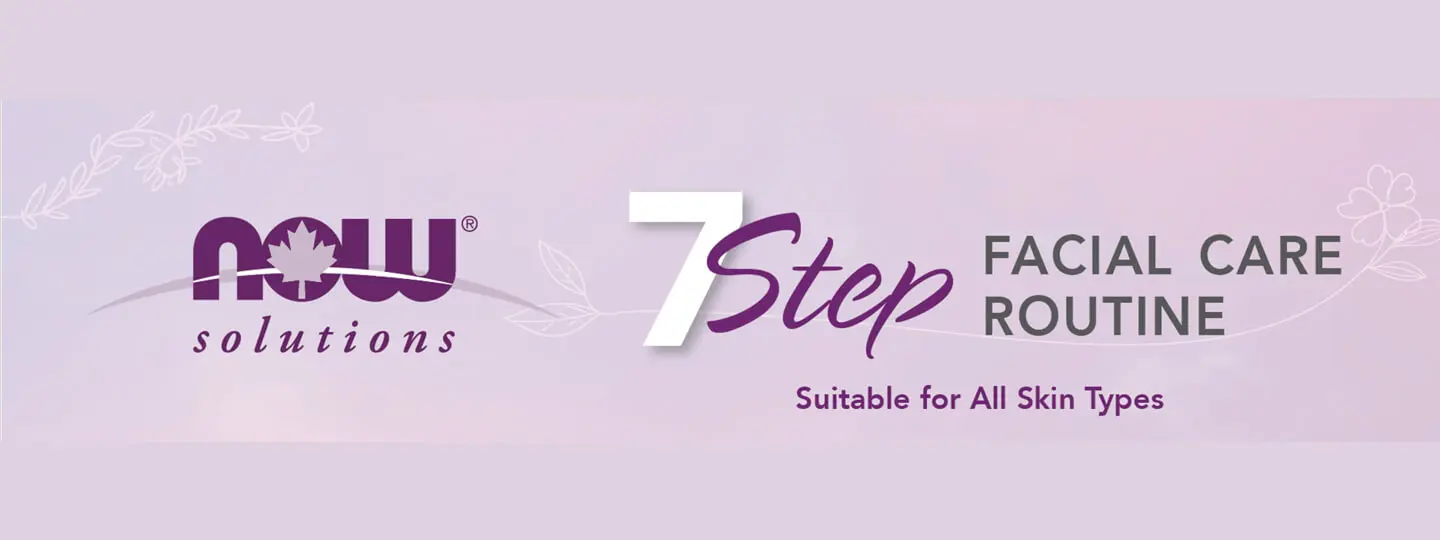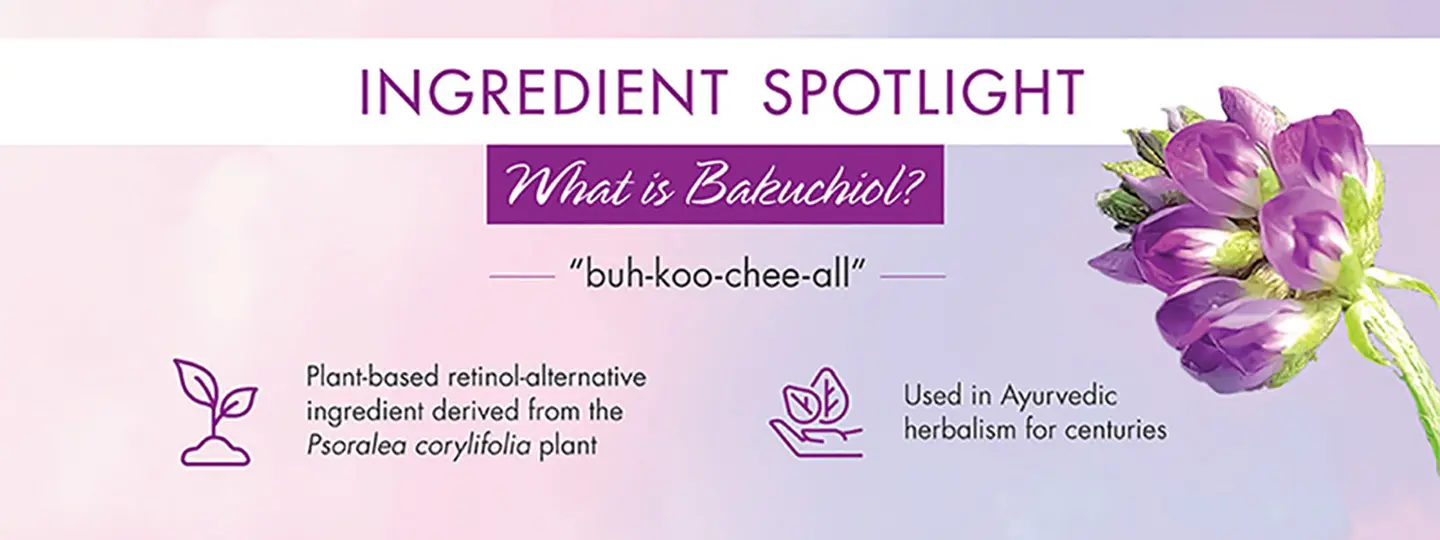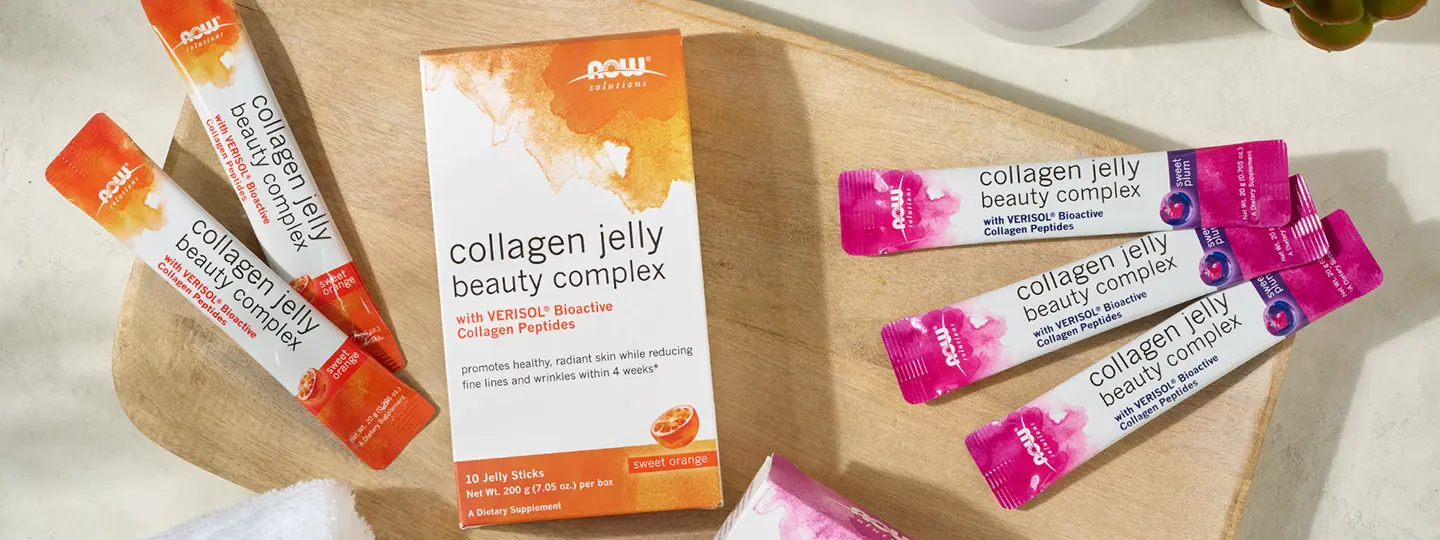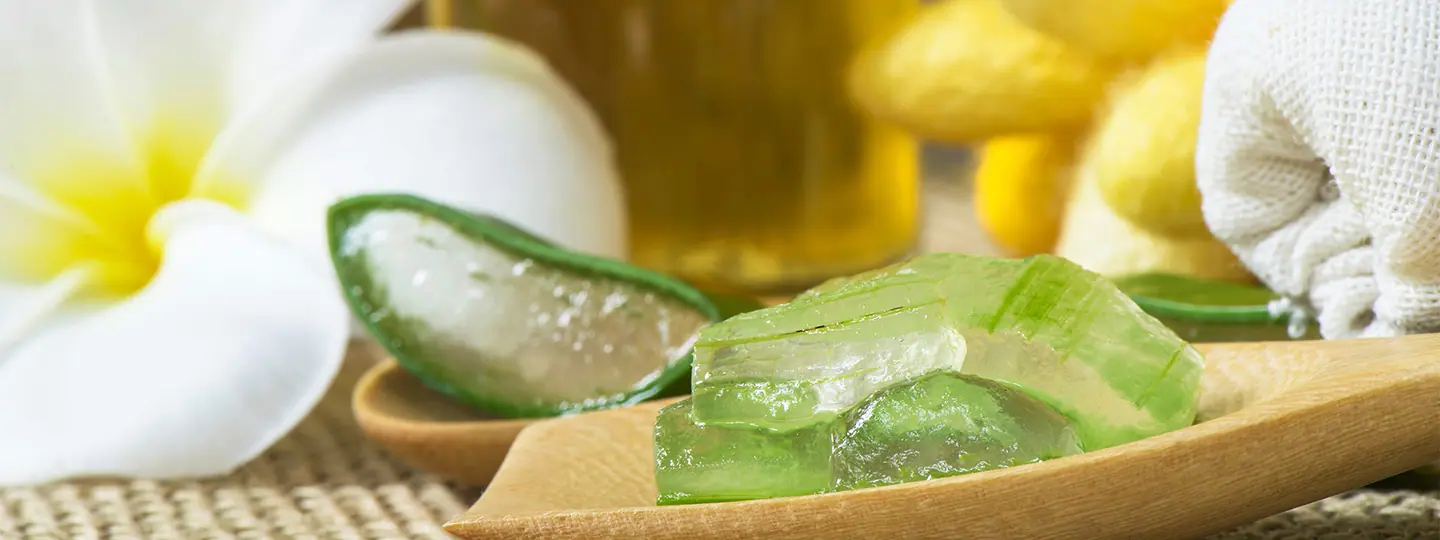More About Skin Types
Normal Skin
Normal skin is considered the least problematic type of skin. It looks clean and smooth and has good circulation, all contributing to a healthy complexion. Even with a minimum of care, normal skin will likely appear young and healthy well into adulthood, even into late adulthood in some cases.
- Good oil and water balance
- Healthy color & hue
- Even tone and smooth texture
- Hair follicles are normal size, changing from medium to small on the edge of the T-zone*
- Normal fluctuations may occur
- Maintenance and preventative care are essential
Caring for normal skin: Normal skin is generally low maintenance and can tolerate most ingredients, but it’s important to exfoliate at least once a week to keep it balanced and healthy.
Dry Skin
Dry skin can easily develop a pallid tone, flakiness, wrinkles, visible pores and fine lines. It is also considerably prone to aging and irritation. It might look great on a young person, but to keep dry skin healthy, you should perform daily care and use natural masks and moisturizers on a regular basis to help reduce water loss from skin and deliver needed hydration.
- Does not produce enough oil
- Alipidic (lacking oil and/or lipids)
- Very small pores, minimal sebum production
- Stimulating oil production is beneficial
- Easier to see fine lines and wrinkles due to dryness
- Dark skin can look ashy and dull due to dead cell build-up
- Feels tight after cleansing
Caring for dry skin: Dry skin requires extra care due to the lack of natural oils in the skin, which serve to protect the skin. Use moisture-sealing and emollient products (also called occlusive products) to protect the skin’s top barrier layer and retain moisture. Also, be sure to drink plenty of water to help provide a natural source of moisture.
Oily Skin
Oily skin is problematic. It generally looks greasy, thick, coarse, and shiny, has enlarged pores, and is prone to breakout and blemishes. On the plus side, oily skin does not age or wrinkle nearly as bad as other skin types. Careful cleaning, minimizing of carbohydrate consumption, and avoiding rich creams can be helpful in improving the quality of oily skin.
- Excessive sebum production, shiny complexion
- Larger follicles and pores cover most of the face
- Requires more cleansing and exfoliating than other types
- Build-up can make skin appear thicker
- Blemishes and blackheads are common
Caring for oily skin: In caring for oily skin, it is very important to not over-wash. Doing so can worsen conditions by stripping natural oils and causing irritation. Thorough exfoliation should be conducted at least once a week, and water-based products tend to be the least irritating. Consider using a high quality clay mask one to two times a week to draw out deeply embedded impurities. Avoid the use of heavy creams or oils. Instead, use a lighter day cream or moisturizer as an alternative to a night cream.
Sensitive Skin
Sensitive skin can be caused by environmental factors, allergies, or genetics and is usually very dry, tends to feel tight, and becomes inflamed and irritated easily. Typically, sensitive skin develops reddish and scaly areas, can be itchy and tingly, and is prone to breaking out into spots. It is the most problematic and fragile type of skin, requiring very special care.
- A condition common to fair skin types
- More prone to broken capillaries
- Small to fine pore size
- Can be irritated by stress, sun, environment and other factors
- Easily irritated by sun, heat, and many chemicals
Caring for Sensitive Skin: Sensitive skin is highly prone to redness, breakouts, and other forms of chemical irritation. Use soothing and calming products, and avoid heavily scented products. Alcohol and other strong astringents should be avoided to prevent precious oils from being stripped away.
Combination Skin
Combination skin has patches of both dry/normal and oily skin, and it requires different types of care in relation to particular facial areas. Dry zones, which are usually located on the cheeks and around the eyes, should be treated with rich creams and moisturizers, while oily areas, usually on the forehead and nose, will benefit from thorough cleaning.
- Can be both oily and dry at the same time
- T-zone* is typically more oily
- More sebaceous glands and larger pores
- Area outside T-zone* can appear flaky
- Pore size changes from larger to medium outside the T-zone*
Caring for combination skin: The most important element in caring for combination skin is balance. Deep cleansing and regular exfoliation can help keep skin clear, while spot treatments and toners even out specific areas of the skin.
* The T-Zone is the area of your face that includes the forehead, nose, chin, and area around the mouth. So called because together these areas form a T in the center of your face.
See all of NOW Solution facial care products.
Check out our Skin Care Oil Chart to match up topical oils with your skin type.









